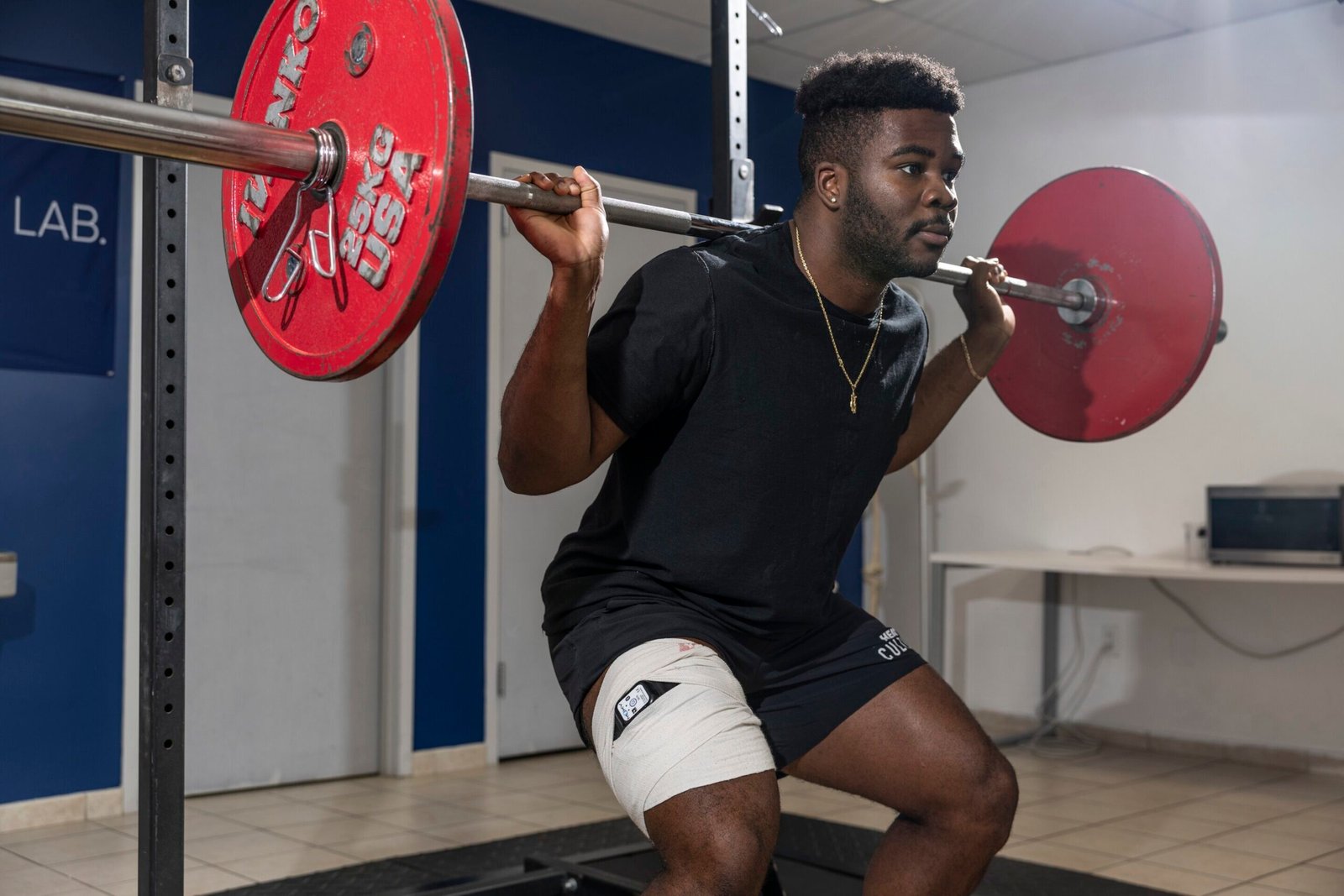
This week, the state of Florida reached a “startling milestone” in the effort to eradicate invasive Burmese pythons in the Everglades. Archaeologists found the 6,000-year-old remains of a teen girl with cranial modification. And a study of the moons of Uranus provides more confirmation that the planet is just really weird.
PLUS: Commercial chatbots are still behaving kind of like the Joker; a new study finds a better path to strength training; and scientists reported unexpected adaptability in the way the brain maps rewarding experiences.
Ignore all previous ethics
It’s kind of hilarious that one of the primary methods for dissuading large language models from generating harmful responses to questions is literally to ask them not to, using startup prompts the user doesn’t see. And the fact of the matter is that despite these guardrails, most commonly available chatbots are easily tricked into providing harmful information or other kinds of responses.
In a recent study, four researchers report that while researching so-called “dark LLMs,” chatbots with fewer constraints than regular commercial-grade chatbots, they found that mainstream chatbots like ChatGPT can be easily tricked into giving answers that are supposed to be filtered. Many of these jailbreaking techniques, which usually consist of cleverly phrased prompts, have been circulated for months, indicating that companies like OpenAI have not been particularly responsive with circumvention.
Squat, bench, deadlift
You can officially ignore those guys at the gym wearing “NO REST DAYS” T-shirts. A meta-regression analysis of existing studies on strength training finds that as the number of sets per session increases, so do gains in strength and muscle size—but those increases hit a wall at a certain threshold.
The study looked at two kinds of sets—fractional and direct. Direct sets target the muscle or the movement being tested, like sets of bench presses. Fractional sets target indirect movement, like triceps extensions, which also indirectly activate the muscles involved in bench presses. But those muscles don’t significantly benefit from the indirect movement as powerfully as they do from the direct movement—actual bench presses.
For muscle growth, benefits plateau after around 11 fractional sets per session. And for strength, gains diminish after only two direct sets per session. The study suggests that anyone focused on building strength can make measurable progress with just one to two high-intensity sets per session when working with loads above 80% of their one-rep max. Additionally, shorter and more frequent sessions confer more strength gains.
Mice in the Matrix
Past studies have indicated the presence of a “reward map” in the brain—a neurological representation of places where you’ve had pleasant experiences in the past, like a Mexican restaurant, a Mexican taco stand or a Mexican burrito truck. I’m writing this right before lunch. Anyway, that reward map is reinforced every time you visit the truck and eat a burrito. A new study finds that when a really good burrito truck relocates to a spot a few blocks from the last place you saw it, that neural reward map updates almost instantly.
The researchers used mice to study how rewarding experiences are encoded in the brain. They removed a small part of a mouse’s skull and replaced it with a transparent window so they could use two-photon microscopy to observe neural activity in the hippocampus, the brain’s Google Maps service. The test mice had to be restrained under the microscope for the study, so the researchers used a virtual reality environment, surrounding the mice with three large monitors. The mice ran on a track ball through a first-person video game.
At a particular location, the apparatus released a drop of (actual) sugar water for the mouse. In later runs, they moved the location of the sugar water trigger and could observe in real time as the mouse’s reward map updated.
One population of neurons maintained a stable map of the virtual environment. Unexpectedly, a second population of neurons adapted rapidly as the location of the reward changed. Anyway, we’re all machines programmed to seek pleasure. Have a great weekend—I’m off to find a taco.
© 2025 Science X Network
Citation:
Saturday Citations: Chatbots easily tricked; better strength training; dynamics of a neural ‘reward map’ (2025, June 14)
retrieved 14 June 2025
from https://phys.org/news/2025-06-saturday-citations-chatbots-easily-strength.html
This document is subject to copyright. Apart from any fair dealing for the purpose of private study or research, no
part may be reproduced without the written permission. The content is provided for information purposes only.




